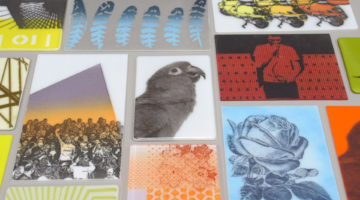
Photoshop for Powder Printing L150
The digital universe is about to become your analog playground. In this video lesson, you will learn how to convert digital images into film positives using Adobe Photoshop.

The digital universe is about to become your analog playground. In this video lesson, you will learn how to convert digital images into film positives using Adobe Photoshop.
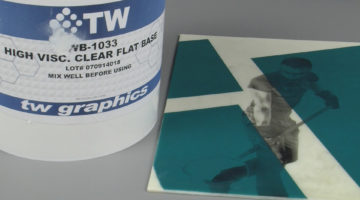
Color Line Screen Pastes are a great alternative to working with powdered enamels for screen printing on glass. Because they come pre-mixed into a medium, there is no need to mix powders. Just open the container, stir with a palette knife, and you're ready to mix colors or print.
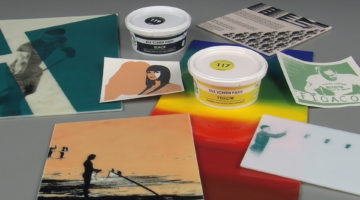
In this lesson, we'll explore how to print on glass using using Color Line Screen Pastes. These are ready to print directly out of the container and do not require ventilation or a respirator.
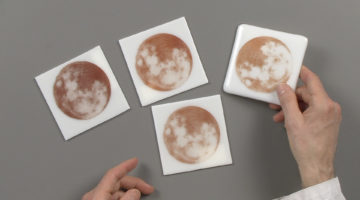
In this project-based lesson, we will demonstrate how to make a photograph into a laser-printed decal to be fired onto glass, to make a fused and slumped plate.
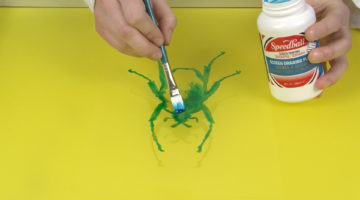
In this lesson, we'll explore a printing method that uses screen filler and drawing fluid.
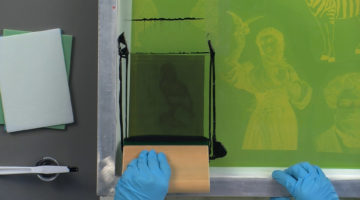
In this lesson, we'll focus on screen-printing studio practice, how to select an appropriate screen, what chemicals you'll need, and how to use them safely.
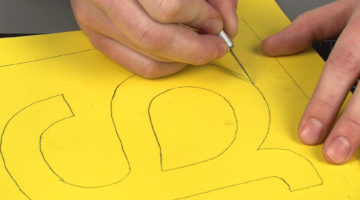
In this lesson, you will learn what kinds of imagery are best suited to the hand-cut stencil method, the process of preparing the image on vinyl, transferring it to the screen, and how to clean up materials when you're finished
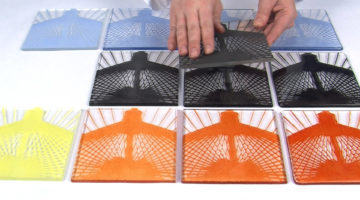
Powder printing allows artists to produce archival images on glass with a range of colors, textures, and layers of transparency. This lesson is based on Stacy Lynn Smith's approach to powder printing.
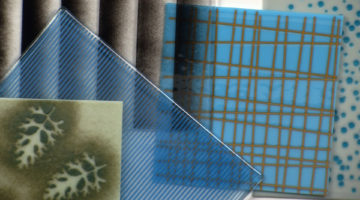
Making part sheets is like making your own fabrics for quilting - in this lesson you will learn techniques for making different kinds of part sheets and guidelines for firing them.

In this lesson you will learn to print imagery onto sheet glass, as demonstrated by artist Carrie Iverson.
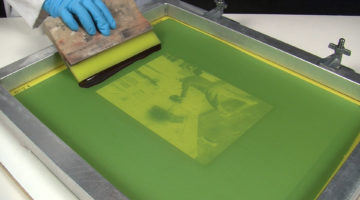
In Part 2 of the lesson, you will learn how to work safely with enamels, print your image onto the glass, fire the glass, and clean up or recycle materials when finished.
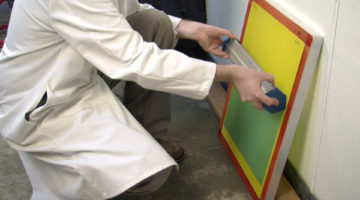
In Part 1 of the lesson, you will learn how to choose a silkscreen and an image for this process and how to prepare the image and fix it to the screen in preparation for printing.